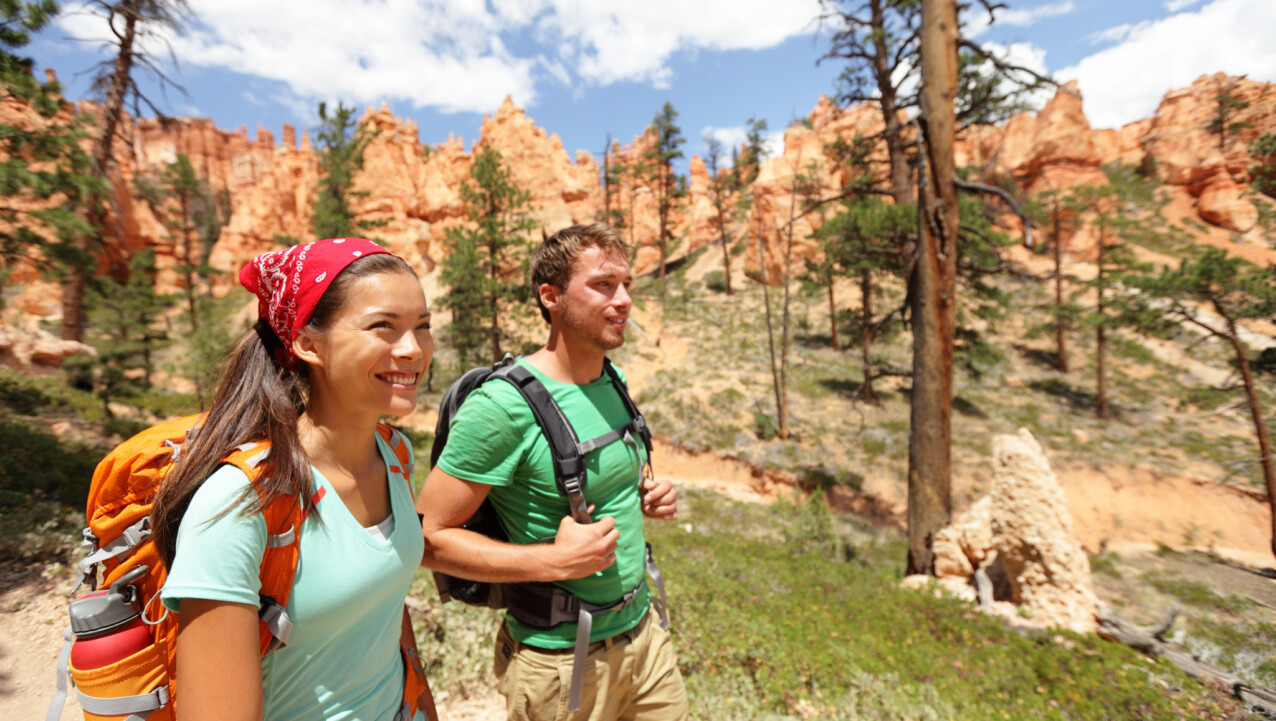September 5, 2017
Here in the West, we have unparalleled opportunities to explore and enjoy vast, beautiful landscapes, and to visit unique local communities and cultures. From majestic high peaks to deep meandering canyons, many of the West’s treasured wild places are protected under the Antiquities Act of 1906 as – or within – national monuments, for the benefit of all Americans and for future generations.
But some of these special places have come under attack . After conducting a nationwide review, Secretary of the Interior Ryan Zinke is recommending that President Trump shrink several of the monuments to allow for more energy development and other high impact activities . The specific recommendations and the full report have not been released to the public. These actions come despite the administration having received more than 3 million public comments, the majority of which were overwhelmingly in favor of maintaining existing public lands protections.
Like many people in the West, we are alarmed by this development. Not only are public lands an essential part of western identity and way of life, but for many rural communities in the West, these monuments are vital economic engines. Several recent economic analyses have shown that national monuments in particular, and public lands in general, support a significant number of jobs and yield substantial economic benefits to western states and communities through outdoor recreation and tourism.
Let’s take New Mexico, home to two national monuments included in Secretary Zinke’s review, as an example. In a July 10, 2017 letter to Zinke, New Mexico Governor Susana Martinez expressed her support for Zinke’s review and the possibility of eliminating or shrinking the monuments. Governor Martinez dismissed evidence that monuments provide important economic benefits to communities and asserted that “only anecdotal evidence appears to be available” in support of such claim.
At Western Resource Advocates, we respectfully disagree. As shown by several recent economic analyses, New Mexico benefits directly from these lands.
Headwaters Economics researched the economic impact of national monuments on seventeen western communities located nearby, including three communities in New Mexico. Headwaters found that all seventeen of those communities experienced economic growth following the designation of a new national monument. New Mexico’s Dona Ana County, for instance, is home to Organ Mountains-Desert Peaks National Monument, one of the monuments reviewed by Secretary Zinke. Headwaters’ research showed that after Organ Mountains-Desert Peaks was designated, Dona Ana County saw an increase in several economic indicators – including per capita income, labor earnings, and service jobs. Headwaters found similar results in Taos County (home to Rio Grande Del Norte National Monument) and Cibola County (home to El Malpais National Monument).
According to a study and economic analysis conducted by the Outdoor Industry Association (OIA), outdoor recreation in New Mexico supports 99,000 direct jobs and $2.8 billion in wages and salaries (click here to see the stats for your state). By comparison, according to OIA, energy and mining together support 35,000 direct jobs – less than half the number of outdoor recreation jobs in that state. OIA’s analysis also found that outdoor recreation in New Mexico generates $9.9 billion in annual consumer spending and $623 million in state and local tax revenue.
According to the Bureau of Land Management, which manages Organ Mountains-Desert Peaks and Rio Grande Del Norte National Monuments, outdoor recreation on BLM-managed lands in New Mexico generated $178.9 million in 2015. The National Park Service, which manages several other national monuments in New Mexico and around the country, estimates that visitors to the state’s national parks and monuments spent $108.4 million in communities near monuments in 2016 alone, including at hotels, restaurants, and retail outlets. This represents an increase in spending of $10.9 million from 2015.
As clearly shown by these four studies, there is much more than anecdotal evidence for the economic benefits that national monuments and other public lands bring to communities in New Mexico and the West. Protected public lands drive strong economic growth and help western communities thrive. These lands benefit all Americans, whether they call the West home, or travel here for vacation.
Ultimately, however, our national monuments and public lands are more than just economic engines. These unique places are the sites of our most vivid memories, sources of comfort and confidence, and where we go to challenge ourselves and renew our spirits. Our national monuments and other public lands hold irreplaceable values that money just can’t buy.
Interested in getting involved with protecting western lands?
Sign up for our email updates to stay informed about upcoming opportunities to make a difference.


